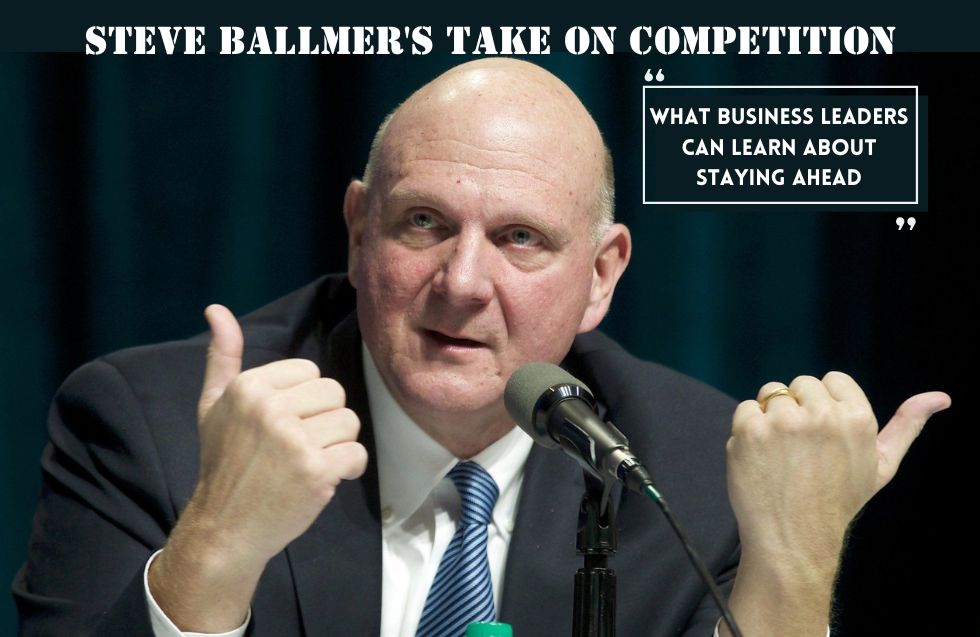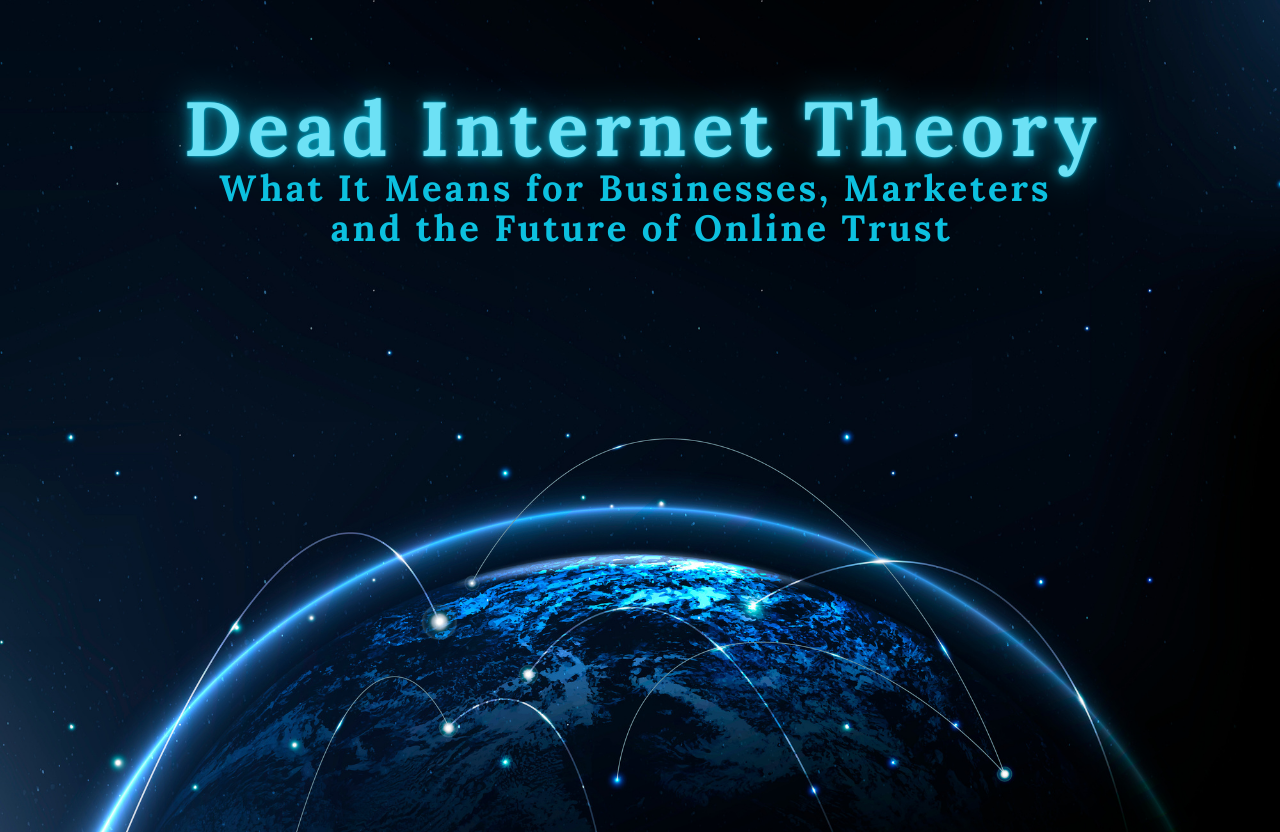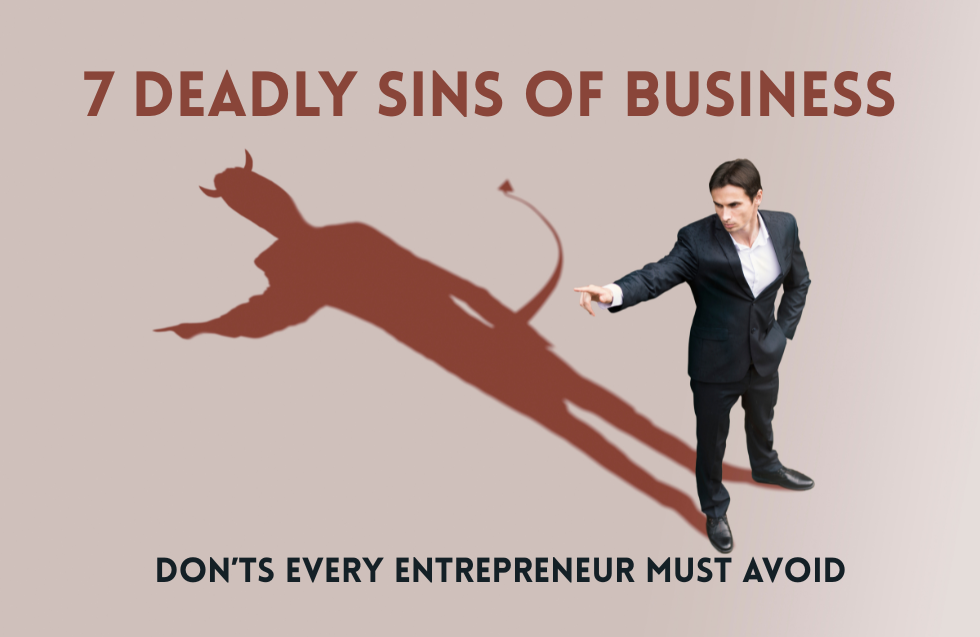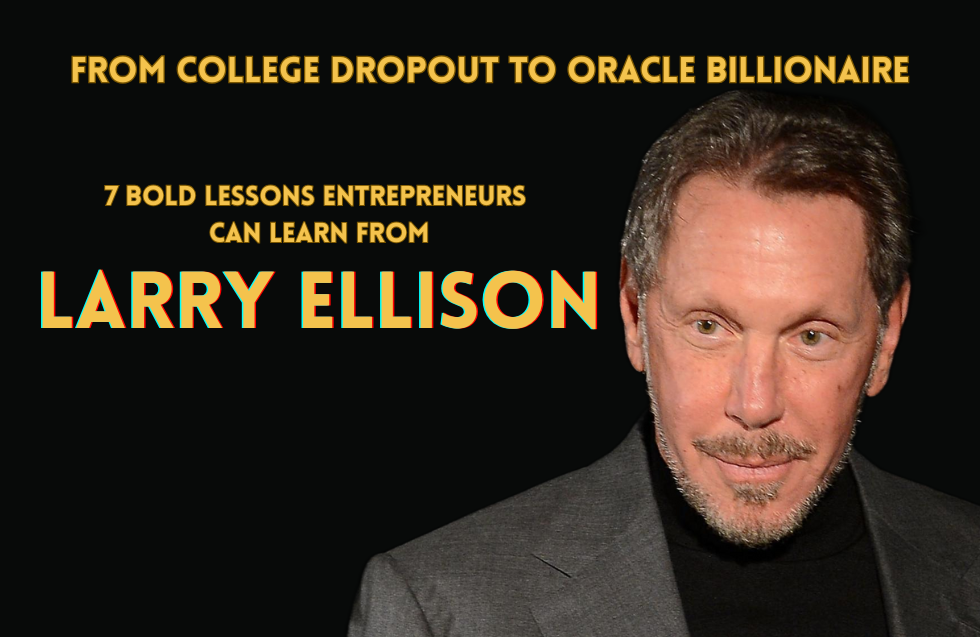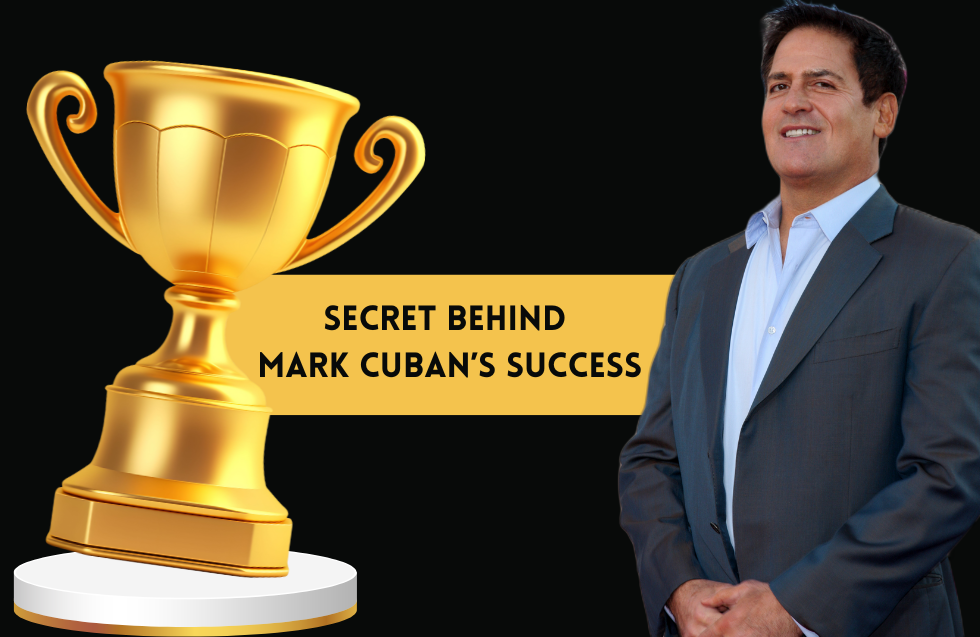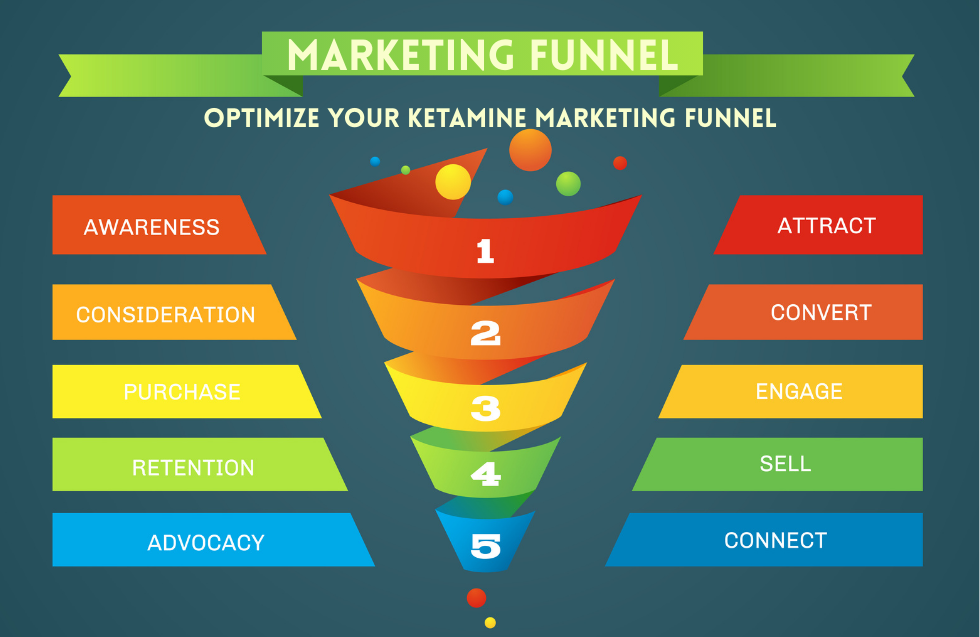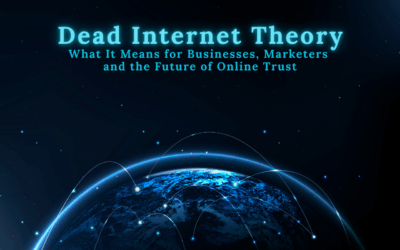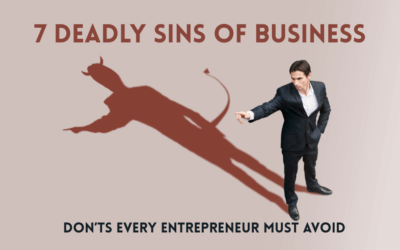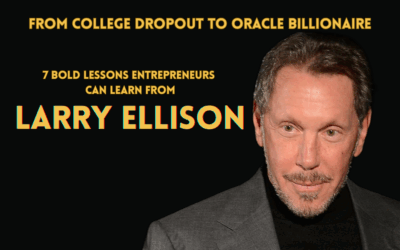Steve Ballmer’s former CEO of Microsoft and current owner of the Los Angeles Clippers, is a figure known for his intense competitive spirit and unrelenting drive. From leading one of the world’s largest tech companies to becoming a major player in professional sports, Ballmer’s career offers valuable lessons for business leaders on staying ahead in challenging markets. His bold moves and crisis management tactics provide a roadmap for thriving under pressure. Here’s a closer look at what leaders can learn from Steve Ballmer’s unique journey and competitive mindset.
1. From Tech Mogul to Sports Tycoon: Business and Passion
Steve Ballmer’s transition from Microsoft to owning an NBA team highlights his ability to apply his business acumen across industries. After spending 34 years at Microsoft, Ballmer purchased the Los Angeles Clippers in 2014 for $2 billion, a then-record price for an NBA team. What might seem like a drastic career shift actually underscores Ballmer’s belief in merging business and passion. For Ballmer, the Clippers are not just a sports investment but also a long-term business venture rooted in analytics, branding, and fan engagement.
Key takeaway: Whether leading a tech giant or a sports team, passion combined with a strategic business mindset can unlock new opportunities for growth. Don’t be afraid to take bold moves into new industries if it aligns with your interests and core competencies.
2. Steve Ballmer’s Bold Moves: From Microsoft to NBA Team Ownership
Ballmer’s bold move to buy the Clippers reflects his willingness to take calculated risks, even in unfamiliar territory. His tenure with the Clippers showcases his deep investment in both the team and its infrastructure. By focusing on improving the fan experience and leveraging data to optimize team performance, Ballmer’s approach mirrors his work at Microsoft—where innovation, execution, and a focus on customer (or in this case, fan) satisfaction took center stage. He didn’t simply purchase a sports franchise; he applied the same rigorous business principles that made him successful in tech.
Key takeaway: To succeed in new ventures, apply the same principles that brought you success in previous ones. For business leaders, this means focusing on fundamentals like execution, innovation, and customer-centric strategies, even in unfamiliar industries.
3. How Steve Ballmer Managed Microsoft Through the Great Recession: Crisis Management Tips for Businesses
One of the most significant tests of Steve Ballmer’s leadership came during the 2008 financial crisis. When the global economy was collapsing, and many companies were facing massive layoffs, Ballmer led Microsoft with a clear strategy to protect the company’s core assets while also making necessary adjustments. While some divisions saw cuts, Ballmer ensured that Microsoft continued to invest in long-term growth areas like cloud computing, which would later prove critical to the company’s success.
Key takeaway: Crisis management requires a balance of short-term cost control and long-term investment. Business leaders should identify core business areas to protect while making strategic adjustments to position themselves for future opportunities. Don’t be afraid to make tough decisions, but never lose sight of long-term goals.
4. Embrace Relentless Innovation
Ballmer’s tenure at Microsoft was marked by his insistence on relentless innovation. Under his leadership, the company expanded its product lines to include the Xbox gaming platform, Skype, and a renewed focus on cloud computing through Microsoft Azure. In today’s fast-paced world, where technology and market dynamics evolve rapidly, Ballmer’s focus on innovation is an essential lesson. Innovation keeps businesses ahead of competitors, helps meet changing customer needs, and allows companies to capture new market opportunities.
Key takeaway: Foster a culture of continuous innovation within your organization. Encourage creativity and invest in new technologies that can help your business stay ahead in a competitive market.
5. Focus on Execution Over Strategy
While Ballmer was known for having big ideas, he placed an even greater emphasis on execution. In his view, even the best strategy is worthless without flawless execution. At Microsoft, Ballmer ensured that the company wasn’t just first to market but was delivering quality products and scaling them effectively. The same philosophy applied to his leadership of the Clippers—while strategy is vital, consistent, and strong execution is what truly sets companies apart.
Key takeaway: Prioritize execution. Ensure your team has the tools, focus, and motivation needed to carry out strategies effectively. Good ideas need disciplined follow-through to deliver results.
6. Competition Fuels Growth
Throughout his career, Ballmer has viewed competition as a source of motivation rather than something to fear. During his time at Microsoft, Ballmer thrived in a hyper-competitive industry that included the likes of Apple, Google, and Amazon. His belief was that competition pushed Microsoft to innovate and grow. Similarly, his investment in the Clippers reflects his view that competition—whether in business or sports—can drive performance and lead to excellence.
Key takeaway: See competition as an opportunity for growth. Instead of fearing rivals, use their strengths and weaknesses to motivate your team to innovate and improve your products or services.
7. Adapt to Changing Markets
One of Ballmer’s most important traits is his adaptability. In the tech industry, markets are constantly shifting. While leading Microsoft, Ballmer recognized the rising importance of cloud computing and pivoted the company’s focus towards that growth sector. His ability to steer Microsoft through changes in consumer behavior and technology trends ensured the company’s continued relevance and success.
Key takeaway: Stay agile in your leadership. Markets evolve, and customer demands shift—your business must adapt to survive. Invest in research and development to keep up with market trends and be prepared to pivot when necessary.
8. Leverage Data-Driven Decision Making
When Ballmer took over the Clippers, he implemented an advanced analytics approach to improve team performance. His background in tech allowed him to understand the importance of data in decision-making, and he has applied this in both business and sports. From tracking player stats to using data to enhance fan engagement, Ballmer has shown that leveraging data can offer a competitive edge.
Key takeaway: Build a data-centric culture. Use data to inform your decisions, optimize performance, and gain insights that can help you outmaneuver competitors.
9. Build a Strong Team Culture
At both Microsoft and the Clippers, Ballmer placed a heavy emphasis on team culture. He believed that the best companies—and sports teams—are built by passionate, motivated, and collaborative individuals. For business leaders, fostering a strong team culture that emphasizes enthusiasm and collaboration is crucial for long-term success. A motivated team is more likely to push boundaries, tackle competition head-on, and deliver excellent results.
Key takeaway: Build a strong, collaborative team culture. Empower your employees to take ownership of their work and encourage open communication to drive innovation and performance.
10. Crisis Management Lessons
Ballmer’s leadership through the Great Recession is a masterclass in crisis management. Instead of cutting everything to preserve cash, he carefully reviewed where Microsoft could save without harming long-term growth. For example, he made the tough decision to reduce headcount in certain areas but simultaneously increased investment in areas like cloud computing. Business leaders should learn from this by balancing immediate crisis response with long-term strategy.
Key takeaway: In times of crisis, don’t panic. Take the time to assess where cuts can be made without harming future growth potential, and invest in areas that will position your business for post-crisis success.
Conclusion
Steve Ballmer’s career, from tech mogul to sports tycoon, provides an excellent blueprint for business leaders seeking to stay competitive in challenging environments. Whether navigating economic crises, taking bold moves into new industries, or leveraging data for strategic decision-making, Ballmer’s leadership principles are widely applicable. His journey underscores the importance of adaptability, relentless execution, and maintaining a competitive edge—key lessons that every business leader can apply to their own enterprises.
By embracing Ballmer’s approach to competition, leaders can push their organizations forward, adapt to changing market conditions, and continuously find new ways to stay ahead of the pack.
